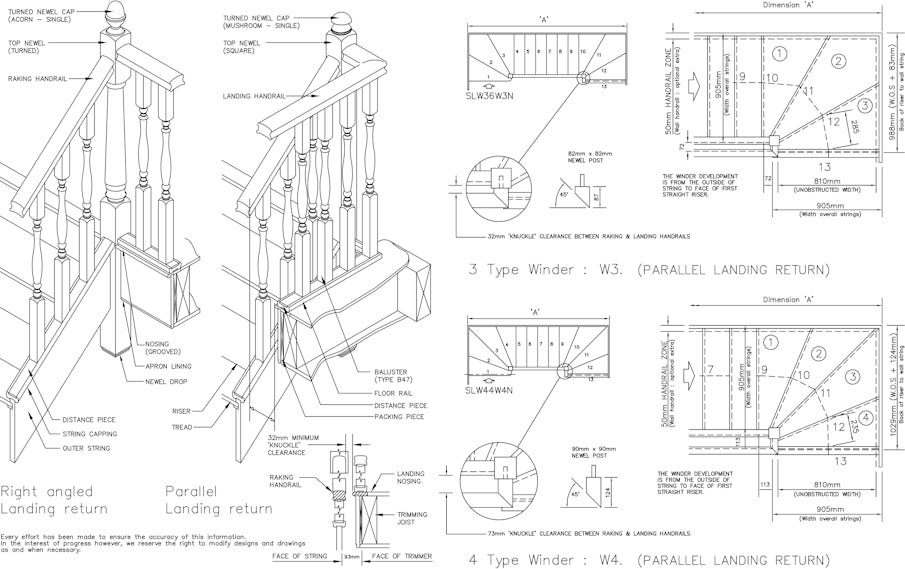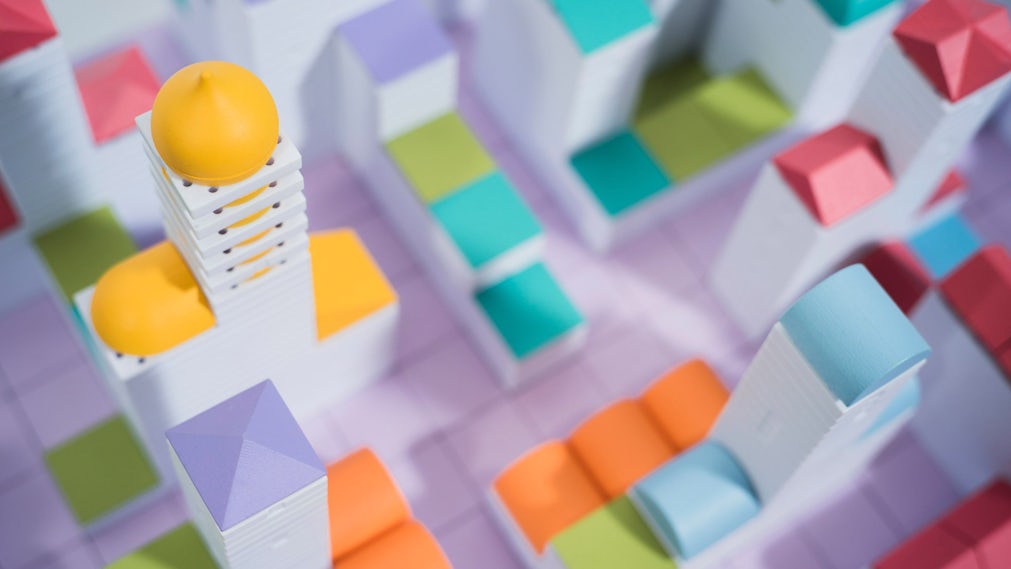Last week, Architizer hosted the third edition of our Rendering to Reality lecture series, revealing the complex process of bringing a project from concept to completion. In front of a packed audience, real estate developer and entrepreneur David Belt of Macro Sea illuminated the crowd about his peculiar career trajectory, the inspiration behind one of his company’s most celebrated projects, New Lab, and why architects should chase the money and occasionally fail.

To tell the story of New Lab, Belt began by detailing his path from working in construction to becoming a property owner–turned–design build strategist and beyond. His most acclaimed projects today unveil his passion for reimagining at-risk structures and promoting public art through abandoned objects and derelict spaces. Belt is inherently invested in creating projects for himself that he can not only own, but also manage.
“I was never into just building endless amounts of buildings and have someone else operate them,” he said. “That’s not interesting. Something like New Lab, where we can operate it, meet great people and tenant it — you have to build for somebody, right? I wanna build for those people.”

New Lab; image via Marvel Architects

New Lab; image via Macro Sea
Situated in the historic Brooklyn Navy Yard, New Lab is an an interdisciplinary co-working space for a small slew of industrial and technological companies on the convergence of hardware and software — start-ups that specialize in artificial intelligence, robotics, wood-making, 3D printing and more. As CEO of the company, Belt refers to it as a nondenominational MIT Media Lab set in New York.
“It has all the same tools and resources as Media Lab, but you won’t have to live in Boston,” he joked.

Aerial view of Building 128 at the Brooklyn Yard; image via Marvel Architects
Before Belt and his partner Scott Cohen dreamt up the project, the forsaken space inside Navy Yard Building 128 was once a state-of-the-art shipbuilding facility. After decades of neglect, there was an impetus to renovate the 84,000-square-foot building along with the rest of the Navy Yard, making way for modern-day manufacturing. Macro Sea, with Belt at the helm, led the development of New Lab, while his other company, DBI Projects, led the construction management effort. The design was headed by Marvel Architects.

Dumpster Pool by Macro Sea; Image via Inhabitat
Belt attributes the success of his prior experimental projects to landing him the chance to build New Lab. One in particular, Dumpster Pool, grabbed the attention of New York’s avant-garde social scene in 2009 and even former mayor Michael Bloomberg himself.
As suggested in the name, Dumper Pool was a temporary country club–like swimming pool setting built out of repurposed dumpsters in a Gowanus junkyard lot. Though illegally built at the time, the city eventually found out and subsequently invited Belt to construct code-compliant dumpster pools on Park Avenue in front of Grand Central Station.
Another project that caught a lot of buzz was GLASSPHEMY!, an art installation that Macro Sea set up as a visceral and psychological recycling center. The premise for the project was to create a space for the recycling of emotion as well as glass that allowed users to hurl breakable bottles at friends, enemies and loved ones who were standing behind a bulletproof encasing.

GLASSPHEMY! by Macro Sea; image via MoMA
Since founding Macro Sea eight years ago, Belt has pursued a myriad of adaptive reuse projects that convert old buildings and objects into educational, retail, residential and student housing centers. In order to sell his concepts, Belt relies almost solely on renderings as his primary storytelling devices.
“I need them as a guiding principle or guiding image to help tell a narrative,” he said. “I use them to create a vision that helps me raise money. In New York, I really believe that money follows vision and if you can show a vision for something or tell a good story about it, there are good people here who will help you.”

Rendering for GLASSEMPHY!; image via Macro Sea
Belt thinks of himself as an art director when it comes to creating believable renderings. “We don’t create architecture, we create narratives. I differentiate that between real design, although I build my projects to look like the renderings.”
Being the art director, manager and owner of a project — let alone balancing several others at the same time — is a challenging and tedious task, but one that Belt welcomes and even pursues without question. The financial gain of being a developer is also an aspect that Belt doesn’t shy away from. Taking ownership of a project means he doesn’t have to deal with the inevitable hurdles that come from working with too many players. In other words, having a financial stake in the game allows him to have more say in the outcome of his projects.

Rendering for Dumpster Pools; image via Macro Sea
“I always tell people, ‘Don’t be afraid of the money,’” he said. “I didn’t start with any money and didn’t have the same training as an architect has. But I think if more architects would take the little bigger step of being able to own a building, we’d have better buildings.”
Though he’s not an architect, Belt has enough experience and accolades in both design and construction to rightfully encourage architects to think more heavily about money. He wants architects to get involved beyond the design process, he says.
“If architects took that step of learning about the financial piece, they’d be more empowered to help make decisions and make the projects better,” he said. “Right now, the power balance is kind of skewed toward people with big mouths and no taste so, take back the power!”

New Lab building acquisition in 2011, Construction and Design Completion; image via New Lab
At the end of the day — as demonstrated in his short career working for other people — Belt believes that sometimes you have to follow a personal project in order to grow and stake a claim in the industry.
“Carve out some time where you can take a project that’s your own,” he said. “Take the risk and think through it where you’re the client as well as the designer. Build it, mess up, and learn from it. For a lot of you, that would be the highest and best use of your time, I’m convinced.”









